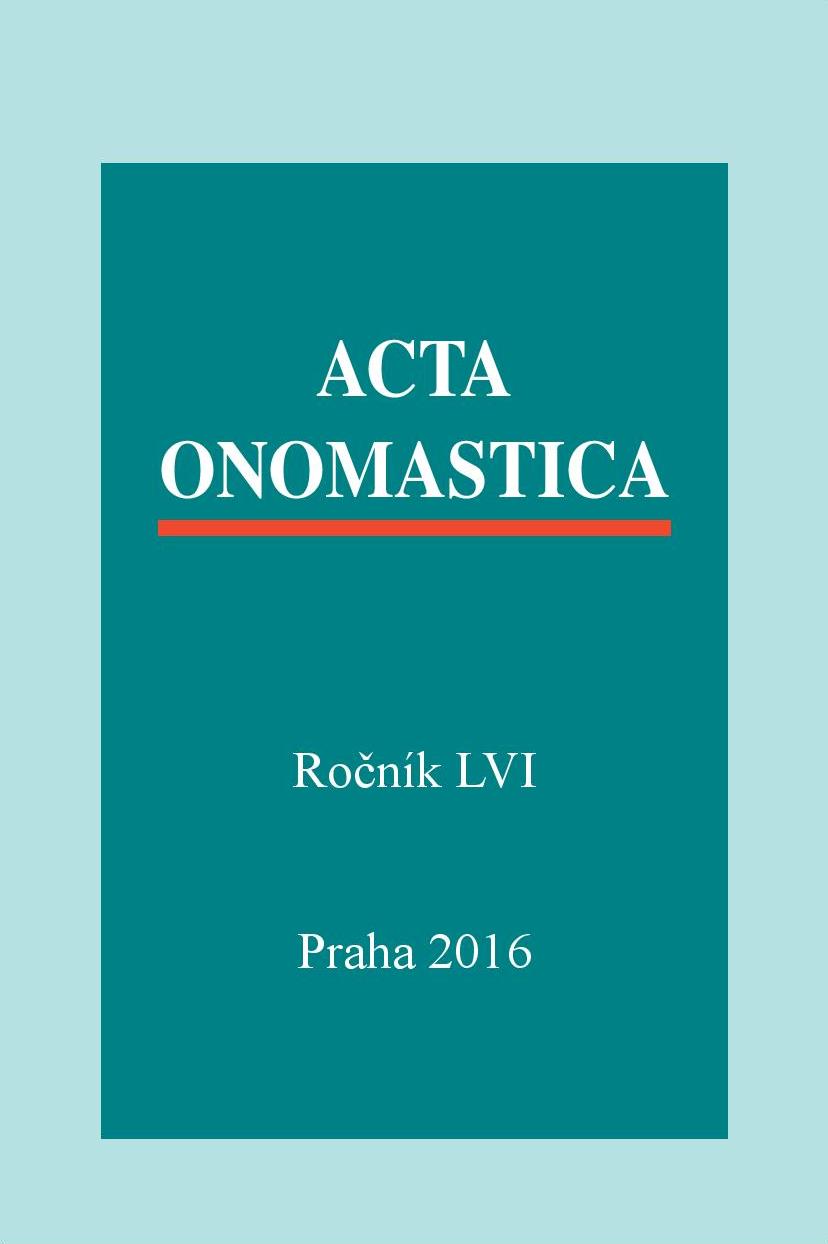Diftongizace ý > ej u českých oikonym
Diphthongisation ý > ej in Czech Oikonyms
Author(s): Marta ŠimečkováSubject(s): Language and Literature Studies
Published by: AV ČR - Akademie věd České republiky - Ústav pro jazyk český
Keywords: oikonyms; Old Czech; phonology; diphthong ej; diphthongisation
Summary/Abstract: The paper is focused on territorial spread of the ý > ej diphthongisation as a specific phonetic phenomenon of the Czech language. The analysis is based on old oikonyms excerpted from two main Czech toponomastic lexicons. The research shows that 1) the earliest orthographic evidence for the ý diphthongisation appears in the thirteenth century, nevertheless some cases are uncertain as they may reflect German pronunciation (oikonyms as Tejn, Tejnec); 2) since the sixteenth century, ej (or monophthongised é) has occurred in oikonyms in historic Bohemia and western and central Moravia, other regions (most of Moravia and Silesia) have preserved oikonymic forms with the etymological ý; 3) a rare evidence for the ej in eastern Moravia and Silesia indicates that in earlier periods of the language development, the ej was a part of cultural language; 4) the first evidence for the diphthongisation of the „soft“ í has been registered since the sixteenth century and it is limited to a small number of oikonyms; 5) the diphthongisation has been based on intralingual causes of the Czech language, it is not a result of imitation of the German language development.
Journal: Acta Onomastica
- Issue Year: LVI/2016
- Issue No: 56
- Page Range: 199-207
- Page Count: 9
- Language: Czech

